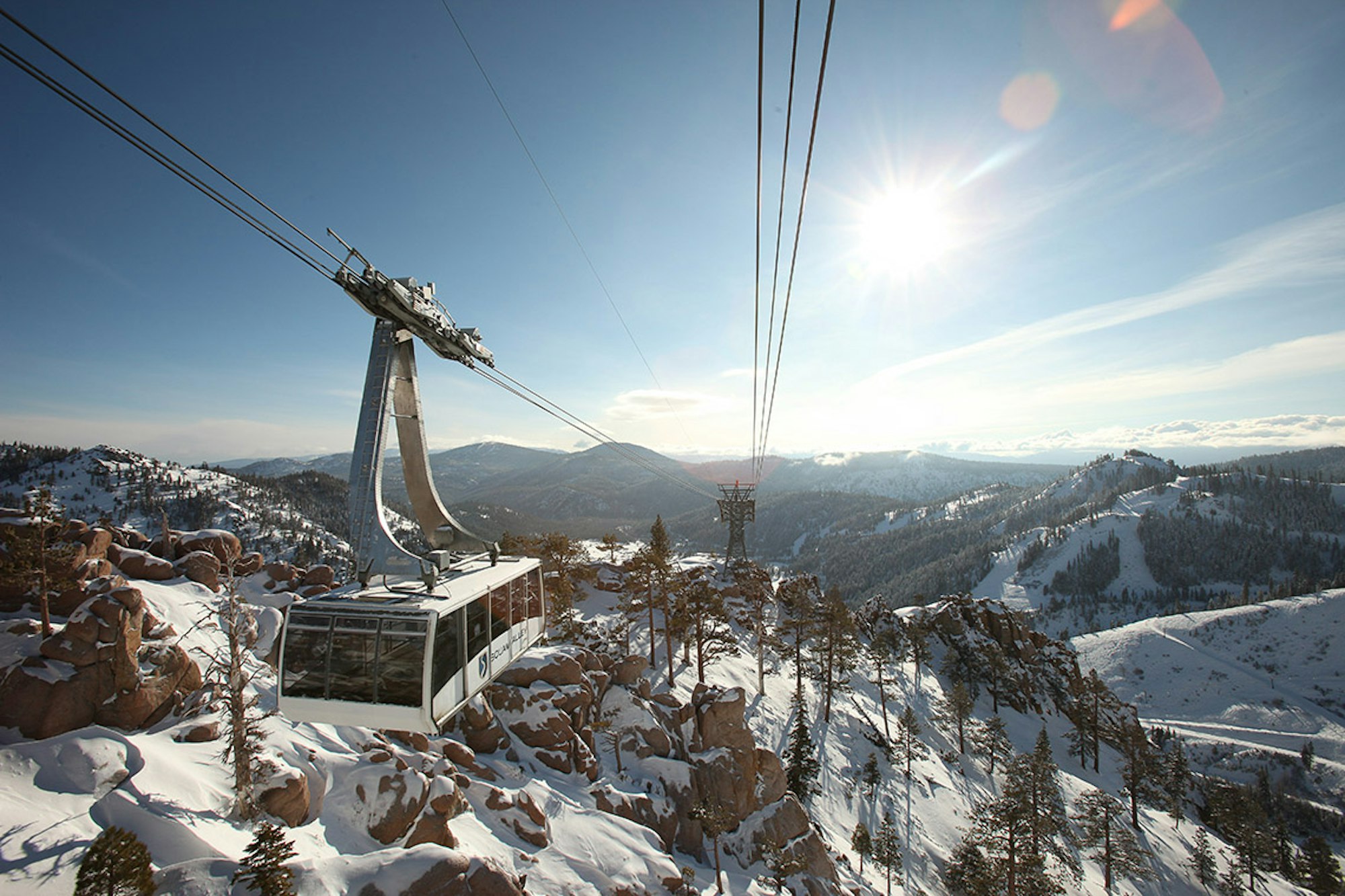Last week, Squaw Valley Alpine Meadows, in conjunction with Liberty Utilities, announced the ambitious goal of powering the resort entirely by clean, renewable energy as early as December 2018. This would be 27 years ahead of schedule on California’s Senate Bill 100 (SB-100), which aims for 100 percent of total retail sales of electricity in the state to come from eligible renewable energy resources and zero carbon resources by December 31, 2045. Accomplishing the goal by December 2018 hinges on approval from the California Public Utility Commission (PUC). If all goes to plan, Squaw Valley Alpine Meadows will be the first major resort—Berkshire East in Massachusetts is powered 100-percent by onsite renewable energy—to be powered entirely by renewables.
Then, on February 5, Liberty announced the proposal of the Olympic Valley Microgrid Project, which would place an innovative battery energy storage system, manufactured by Tesla, on the Squaw Valley property. The battery energy storage facility would increase the resiliency of Olympic Valley’s current power sources in the event of electrical outages—a common threat for mountain communities.
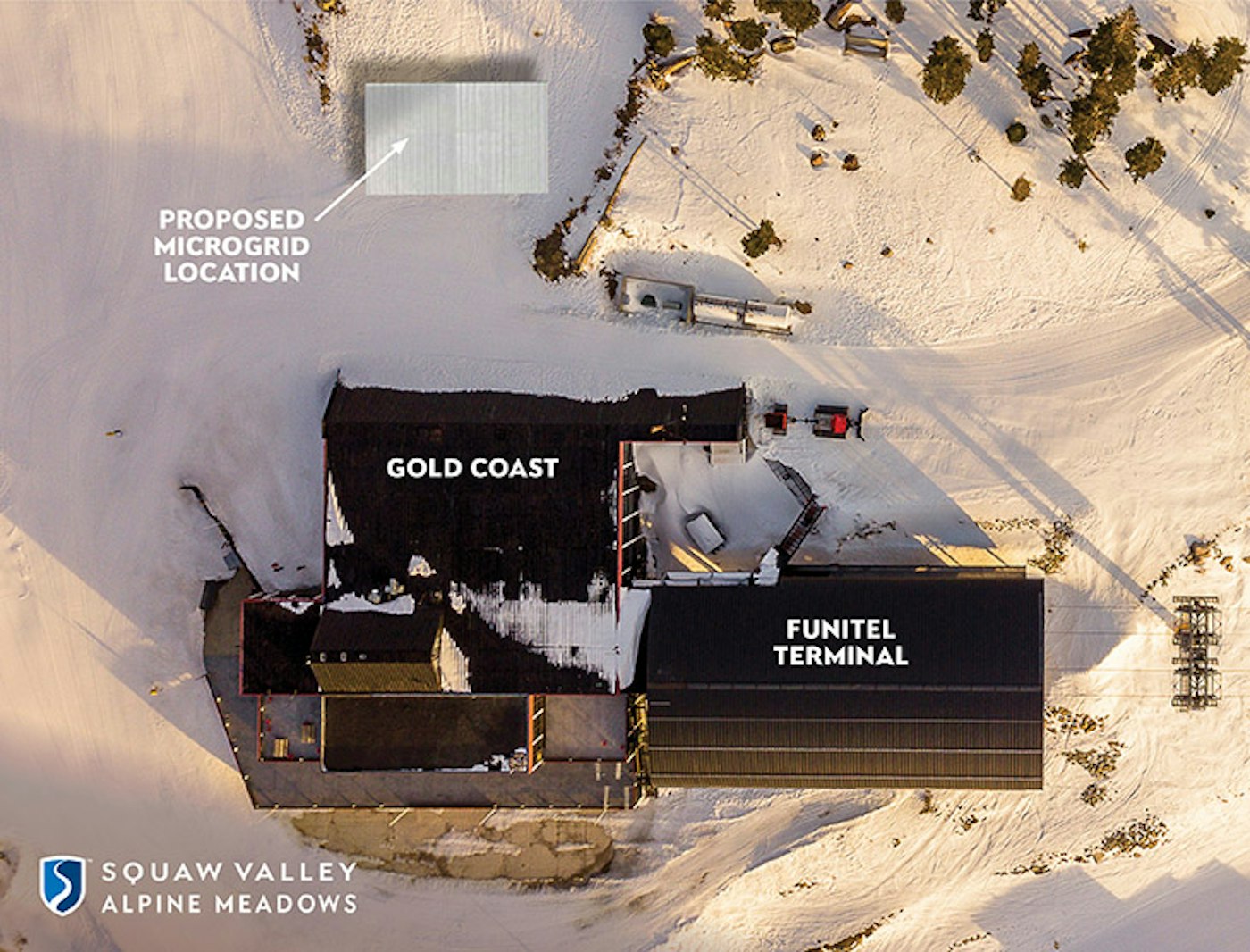
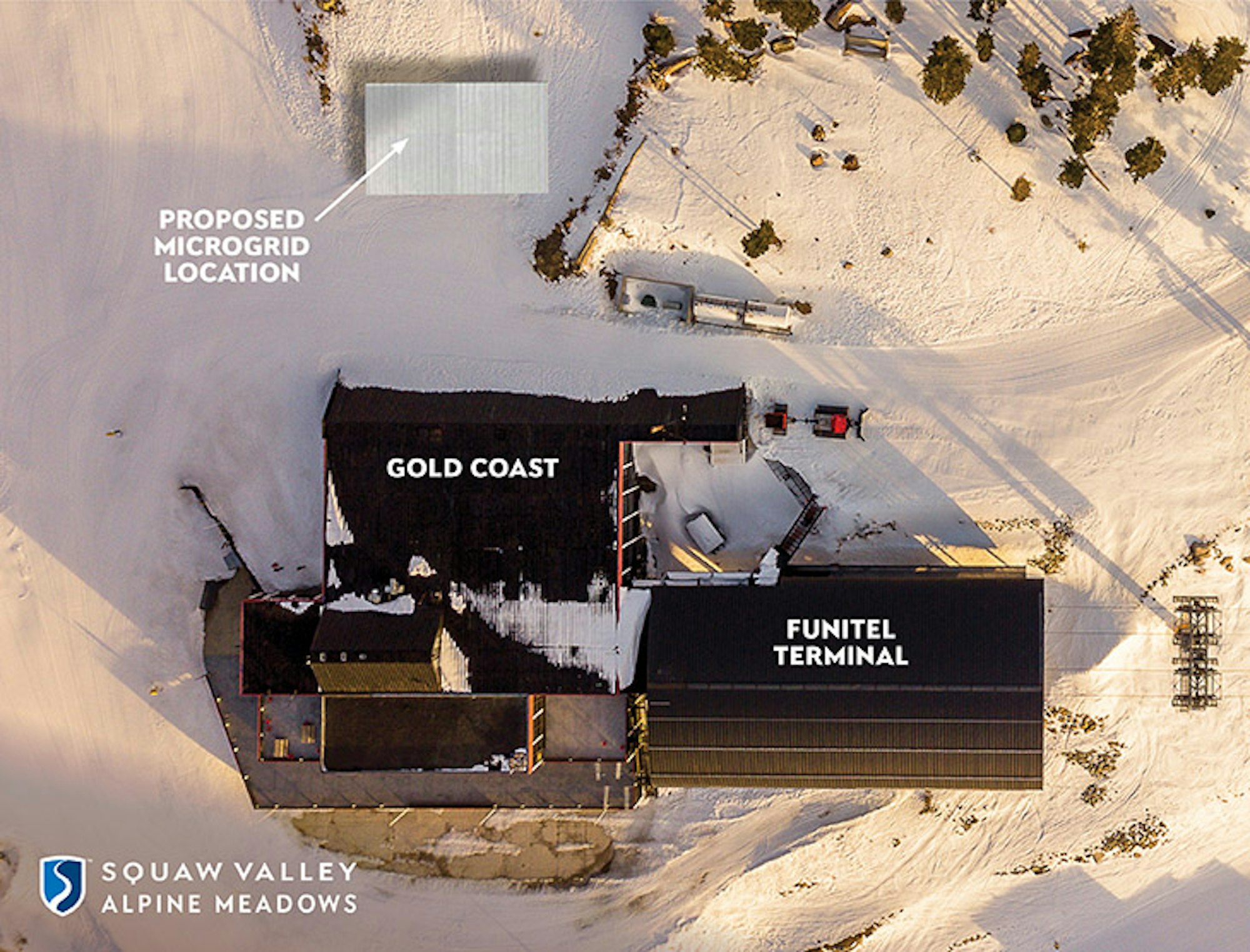
In short, this means that Liberty Utilities, due in large part to the requests of Squaw Valley Alpine Meadows, its biggest private sector customer, will develop and deploy several new energy projects—the recently approved Turquoise solar facility in Nevada, for example—in order to offset the resort’s energy use. Additionally, the implementation of the battery technology will provide clean backup power and allow Liberty greater flexibility to integrate more renewables into the region’s power grid.
“From a company perspective we are highly supportive of clean energy, whether that be in Tahoe, California or across the country, where we have other operations,” explains Greg Sorensen, president of Liberty Utilities’ West Region. “We’ve looked at clean renewable energy as the right thing to be doing and where we believe the energy industry is going. Our customers have been pretty clear that they want safe, reliable and clean energy and that aligns with what our vision of the future is and we’re excited to see large, progressive customers like Squaw that share a similar vision as to what the company has.”
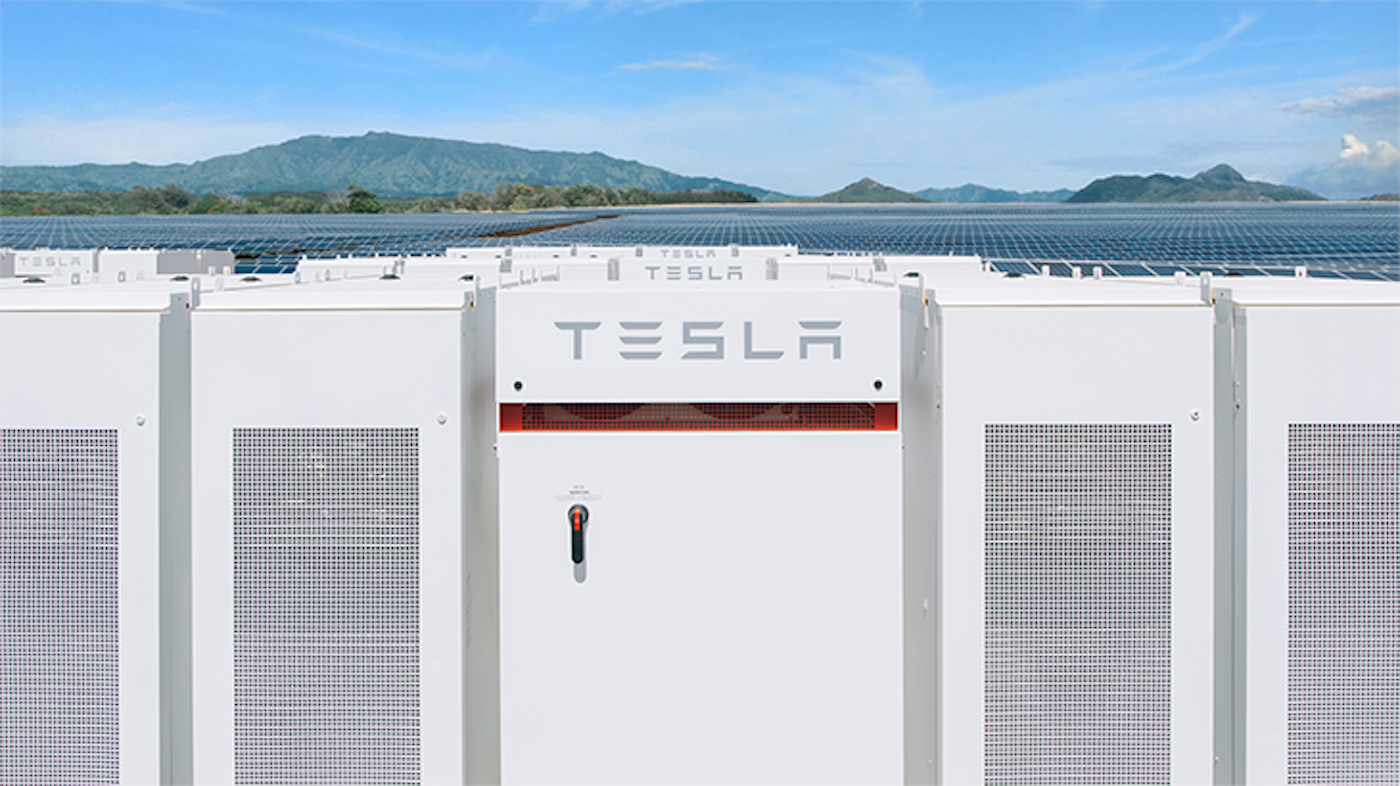
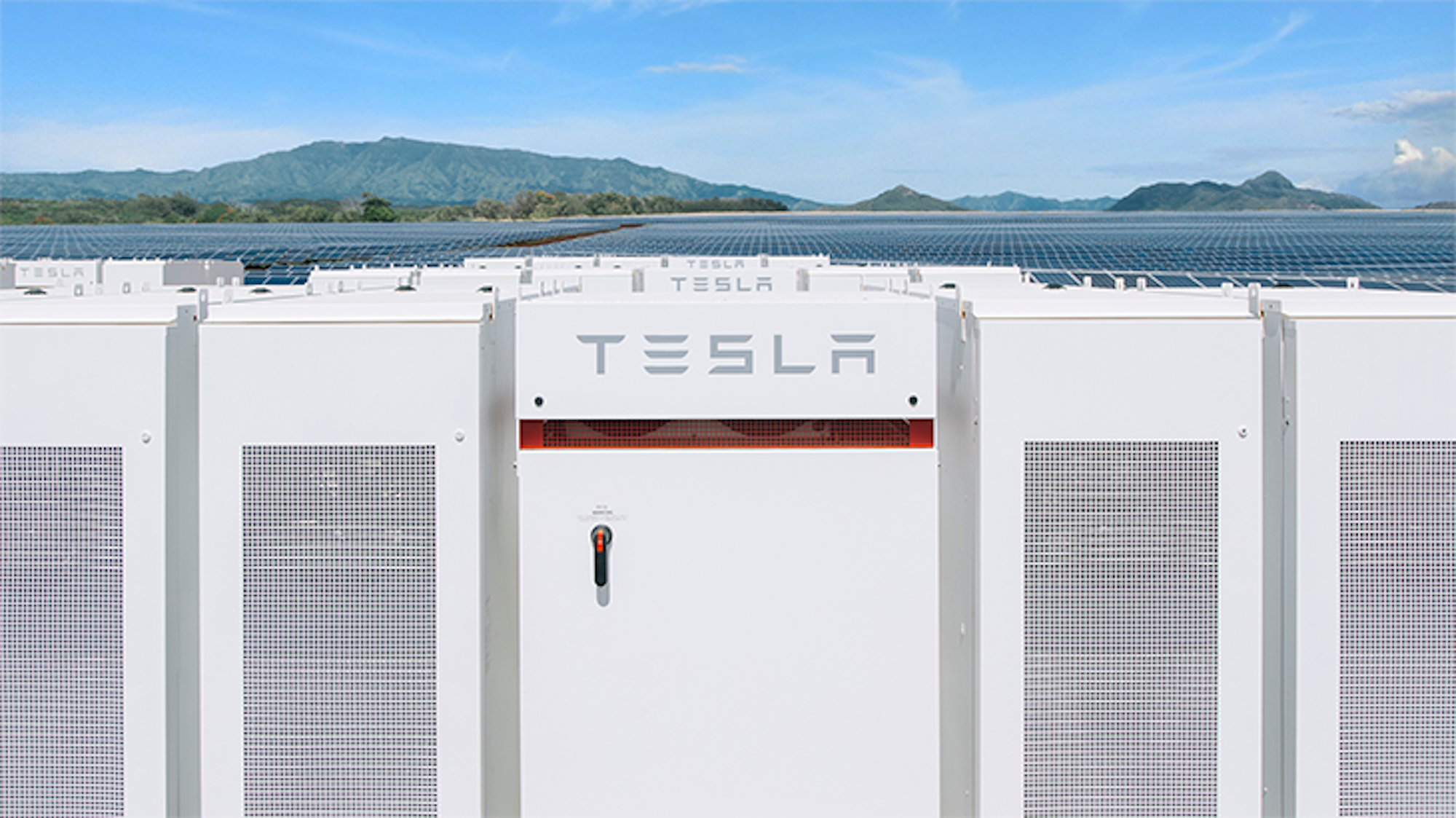
The origin of these projects can be traced back to 2011. Squaw Valley had just installed a handful of electronic vehicle charging stages, which president and CEO Andy Wirth calls “an important, albeit tactical, expression of our environmental values.” At the same time, Wirth recalls a team member asking him if he was aware of what exactly was powering the resort’s electrical grid. While Wirth thought he knew based on examinations of the California PUC website, it turned out he was incorrect.
“Our region was still associated with the Nevada [power] grid, and so we had a fair amount of coal and fossil fuels powering our electricity,” explains Wirth. “In the same season we also had a few catastrophic power losses and endured real challenges in the resiliency of our grid.”
The concern over the source of the resort’s power as well as the reliability of the power grid led to a conversation with Liberty Utilities. At the time, Liberty had come under new ownership from Algonquin Power & Utilities after having previously been owned by NV Energy—a Nevada based public utility company—which explains the reliance on fossil fuels. The new ownership was much more progressive, forward thinking and had values that aligned with Squaw Valley’s goal of moving toward renewable energy sources.
“It’s not very often that you find folks speaking highly of their utility company,” says Wirth. “I’m in a position to speak glowingly about Liberty.”
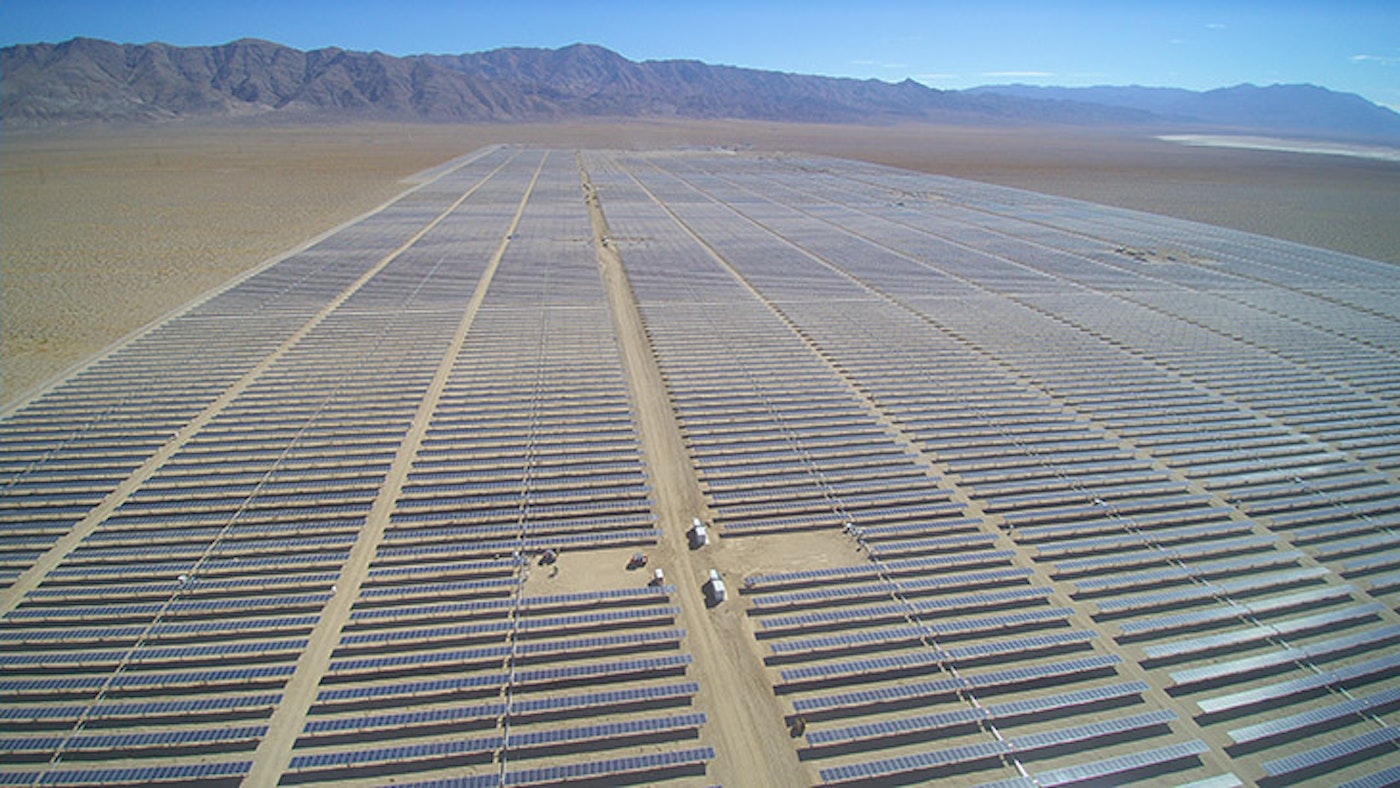
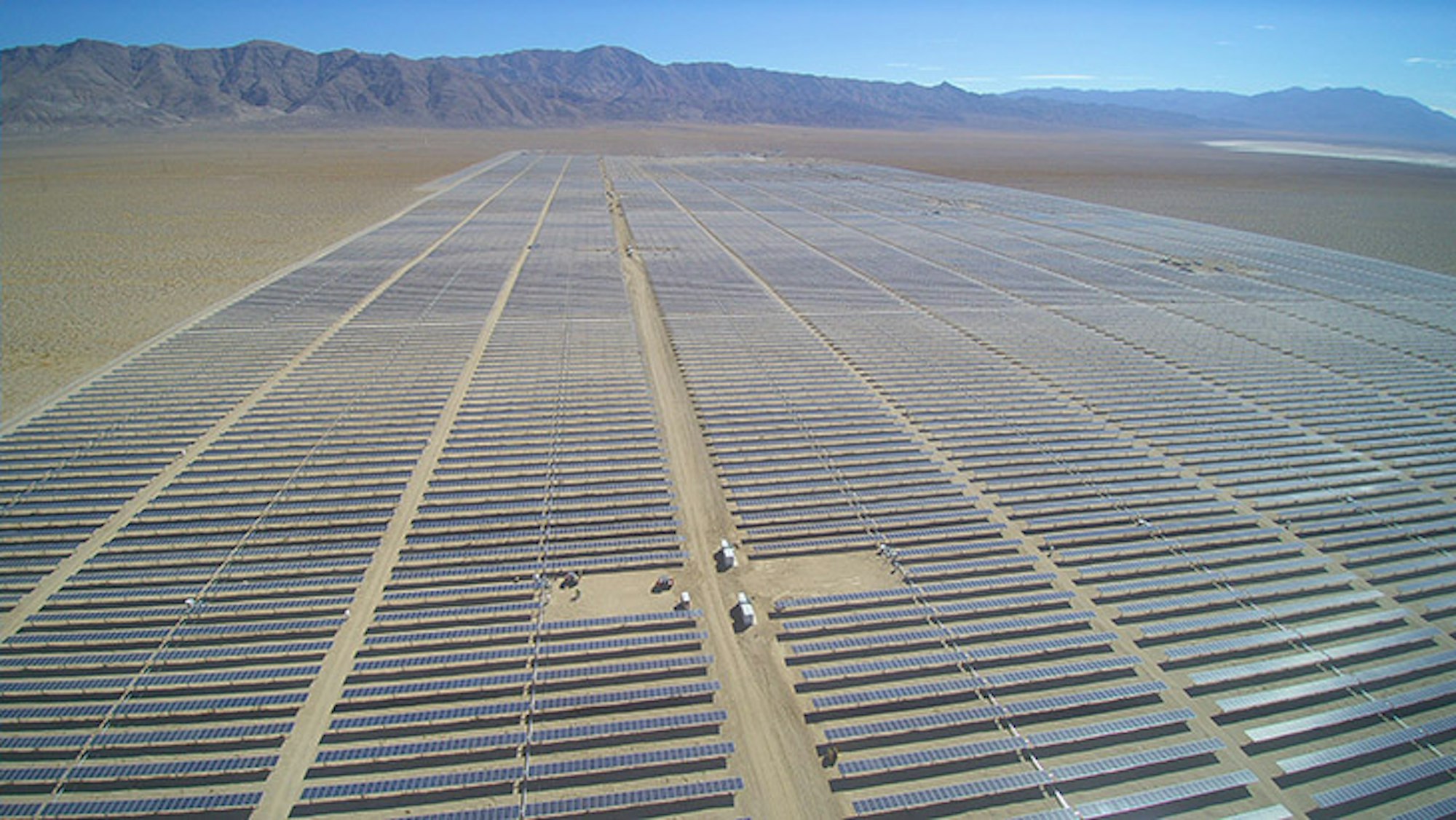
By January of 2016, Liberty had removed coal from the power grid. “One of the great victories was the morning of January 1, 2016, when I woke up and turned on my lights and TV and felt very gratified that we no longer had coal powering them,” recalls Wirth. “But utility companies tend to use the transition from coal to natural gas almost like a methadone step down process, and so you’re still on natural gas. But we kept the conversation going about how we could get off of all fossil fuels, and they kept listening to us and they wanted to keep moving toward renewables and elimination of fossil fuels.”
The conversations led to Liberty’s deployment of solar arrays, including the 50 megawatt Luning Solar Energy Center, located south of Hawthorne, Nevada, completed in April 2017 and the Turquoise Solar Array set to come online shortly in Washoe County, NV. Combined with the battery storage facility, Squaw Valley Alpine Meadows and Liberty Utilities are well on their way to realizing the goal of powering the resort and region via renewable energy in the present tense, not just the future.
Wirth understands that the resort is able to accomplish these goals in large part because it’s working with a utility company that shares its values and goals, but hopes that Squaw Valley Alpine Meadows can lead the charge and be an example for other companies, not just ski resorts, to follow suit.
“It’s a real life, live fire demonstration of the fact that solar energy is affordable right now and this is all doable presently, it just takes will, drive and a little bit of passion,” says Wirth.

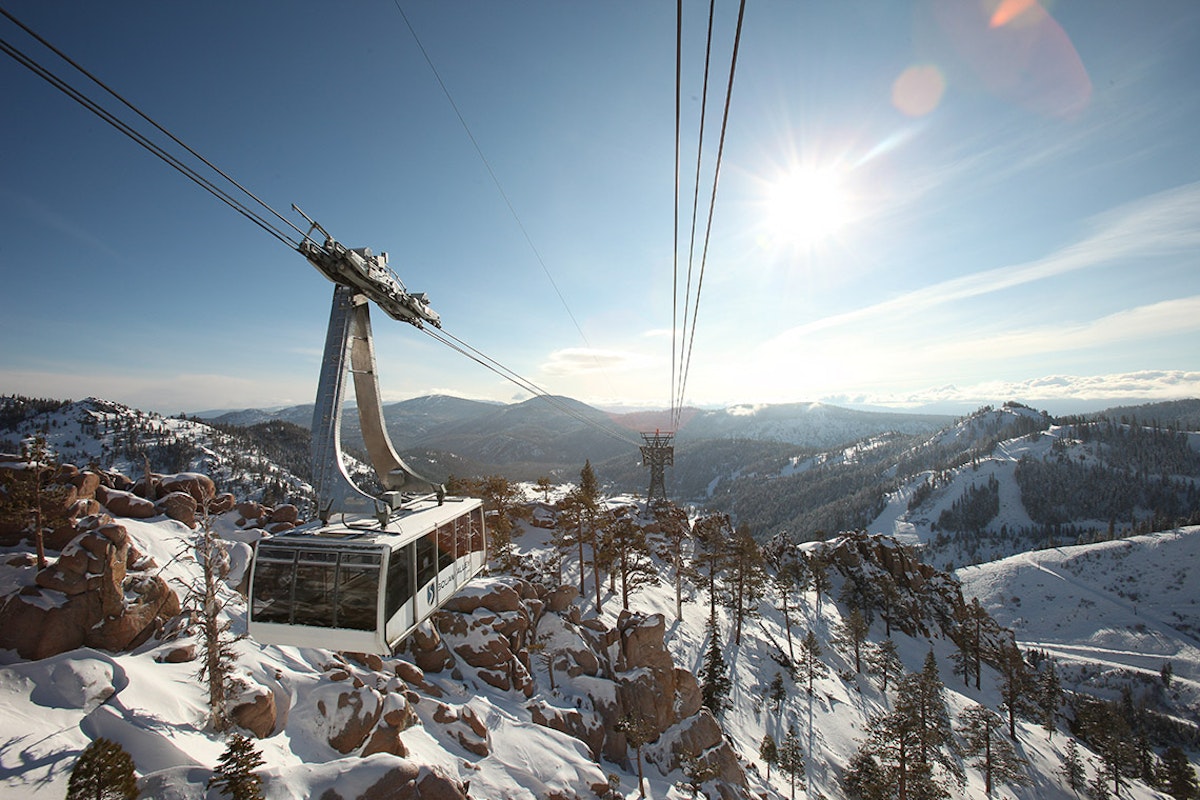


![[GIVEAWAY] Win a Head-to-Toe Ski Setup from IFSA](https://www.datocms-assets.com/163516/1765920344-ifsa.jpg?w=200&h=200&fit=crop)

![[GIVEAWAY] Win a Legendary Ski Trip with Icelantic's Road to the Rocks](https://www.datocms-assets.com/163516/1765233064-r2r26_freeskier_leaderboard1.jpg?auto=format&w=400&h=300&fit=crop&crop=faces,entropy)





![[GIVEAWAY] Win a Head-to-Toe Ski Setup from IFSA](https://www.datocms-assets.com/163516/1765920344-ifsa.jpg?auto=format&w=400&h=300&fit=crop&crop=faces,entropy)

